Hollywood has 'inclusion crisis' suggests study
- Published
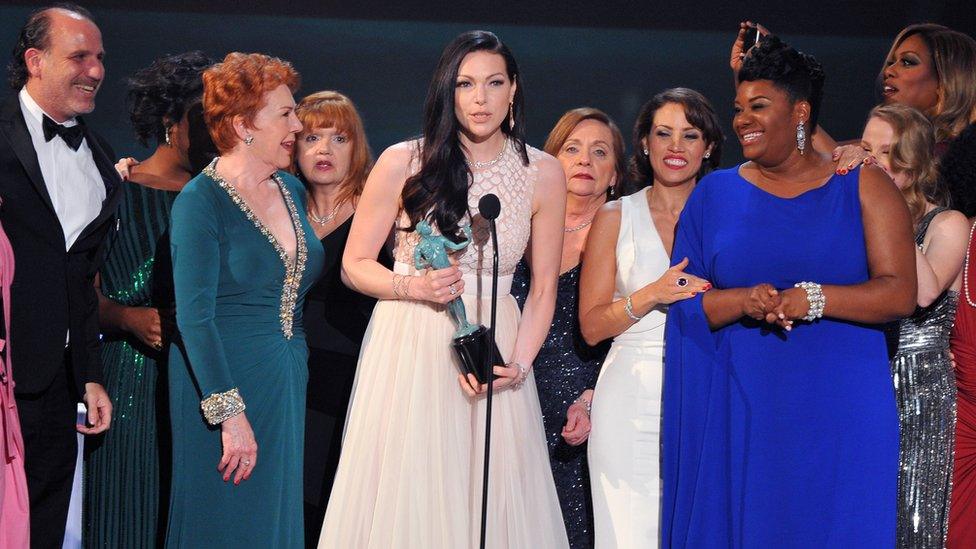
Orange is the New Black, whose cast picked up a SAG award for best comedy ensember has been credited for leading the way in diversity on TV
Hollywood has an "epidemic of invisibility" for women, minorities and LGBT people that runs across the whole industry, a new study has suggested.
The report by the University of Southern California, external stated that Hollywood has an "inclusion crisis" from CEOs to minor characters.
"Overall, the landscape of media content is still largely whitewashed," the study concluded.
It comes days ahead of the Oscars, which has been dubbed OscarsSoWhite.
The lack of diversity in the Oscar nominations led Spike Lee and Jada Pinkett Smith to boycott the ceremony and Oscars head Cheryl Boone Isaacs to pledge to double the number of female and minority members of the Academy.

"The prequel to OscarsSoWhite is HollywoodSoWhite," said associate professor Stacy Smith, one of the study's authors.
"We don't have a diversity problem. We have an inclusion crisis."
The report by the Media, Diversity and Social Change Initiative looked at those in front of the camera and behind the scenes in film and TV.
Hollywood diversity report
414
films and TV series were studied. They included
11,300
speaking characters, of which
-
33% were female
-
28% were minority ethnic
-
2% were LGBT-identified
-
74% of characters over 40 were male
The study examined:
109 films released by major studios (including art-house divisions) in 2014.
305 scripted, first-run TV and digital series across 31 networks and streaming services that aired from September 2014 to August 2015.
More than 11,000 speaking characters were analysed for gender, racial and ethnic representation and LGBT status.
10,000 directors, writers and show creators.
The gender of more than 1,500 executives (ethnicity was not available).
Out of the 414 films and TV series they studied they found only a third of speaking characters were female.
About 50% did not feature one Asian or Asian-American character and 20% did not include one black character.
Of the characters that were aged 40 years or older 74.3% were male and 25.7% female.
Among the 11,306 speaking characters studied, only seven were transgendered (and four were from the same series).
Behind the scenes, 15.2% of directors, 28.9% of writers and 22.6% of series creators were female.
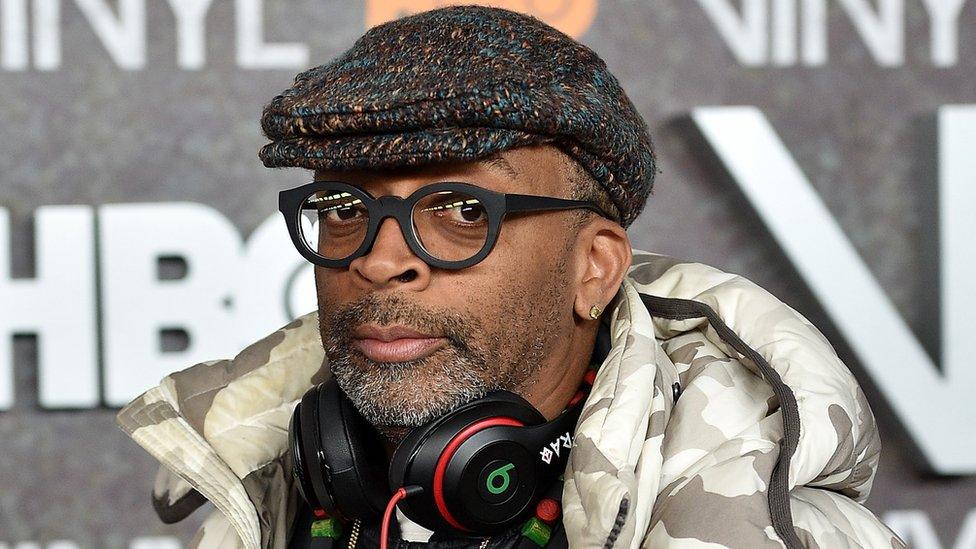
Director Spike Lee was appalled at "forty white actors in two years"being nominated at 2016's Oscars
In film, the gender gap was the greatest, with only 3.4% of the films studied directed by women.
This reflects a report released in January, external by the Centre for the Study of Women in Television and Film that just 9% of Hollywood's highest grossing films last year were directed by women, the same level as 1998.
In May, the American Civil Liberties Union in Southern California sent letters, external asking federal and state civil rights agencies to investigate the systemic failure to hire women directors at all levels of the film and television industry.
And in October, it was reported, external that the Equal Employment Opportunity Commission in the US had begun contacting female directors to investigate gender discrimination in Hollywood.
'Pockets of promise'
This latest study found only two directors out of the 109 were black women, namely Ava DuVernay, who made Selma, and Amma Asante, who made Belle.
The study also included for the first time an "inclusivity index"' of 10 major media companies which rated their percentage of female, minority and LGBT characters and of female writers and directors.
None of the six major studios scored better than 20% overall but there were better ratings with companies that included TV and digital offerings, some of those such as Disney and Hulu reached 65% and above.
"When we turn to see where the problem is better or worse, the apex to this whole endeavour is: Everyone in film is failing, all of the companies investigated," said Smith.
"They're impervious to change. But there are pockets of promise in television. There is a focus that change is possible. The very companies that are inclusive - Disney, CW, Hulu, Amazon to some degree — those companies, if they're producing and distributing motion pictures, can do this.
"We now have evidence that they can, and they can thrive."
- Published13 January 2016

- Published31 January 2016

- Published24 January 2016
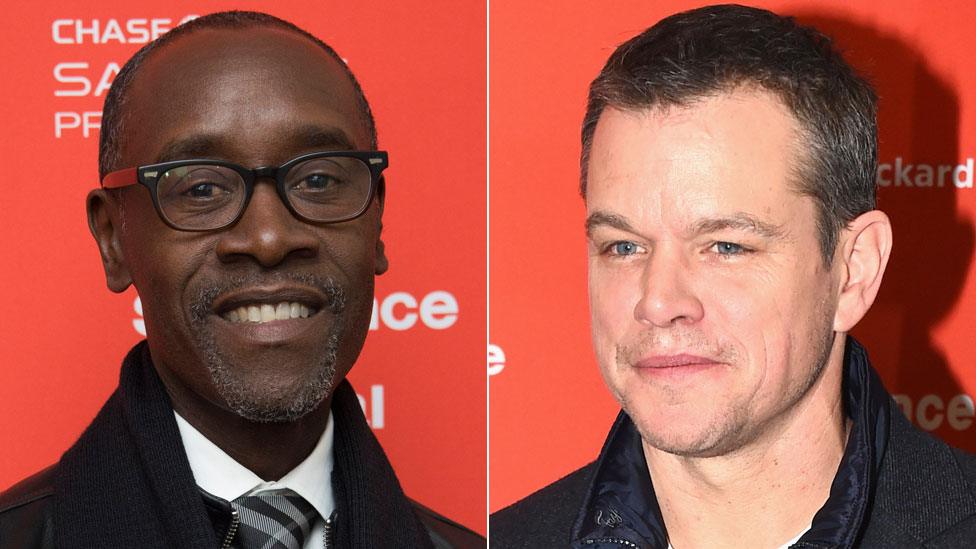
- Published20 January 2016
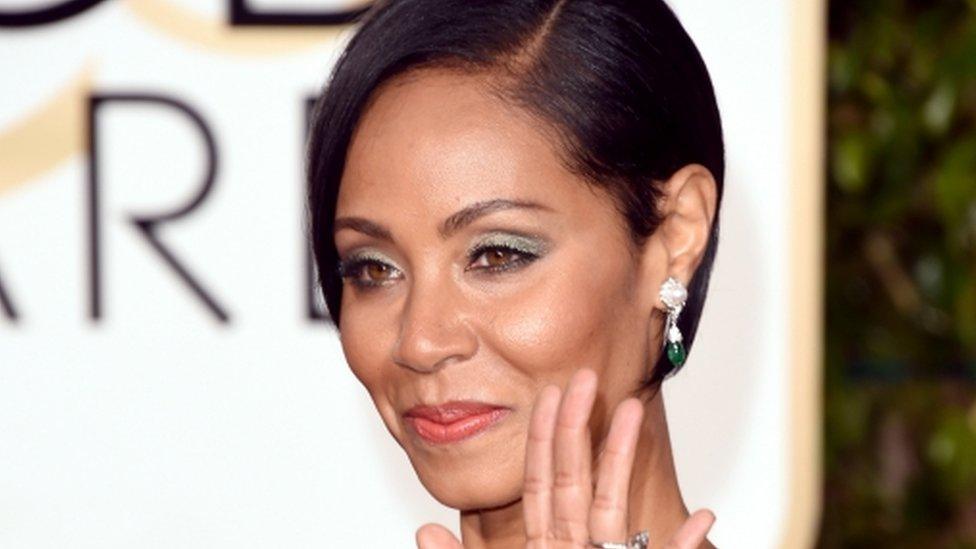
- Published19 January 2016
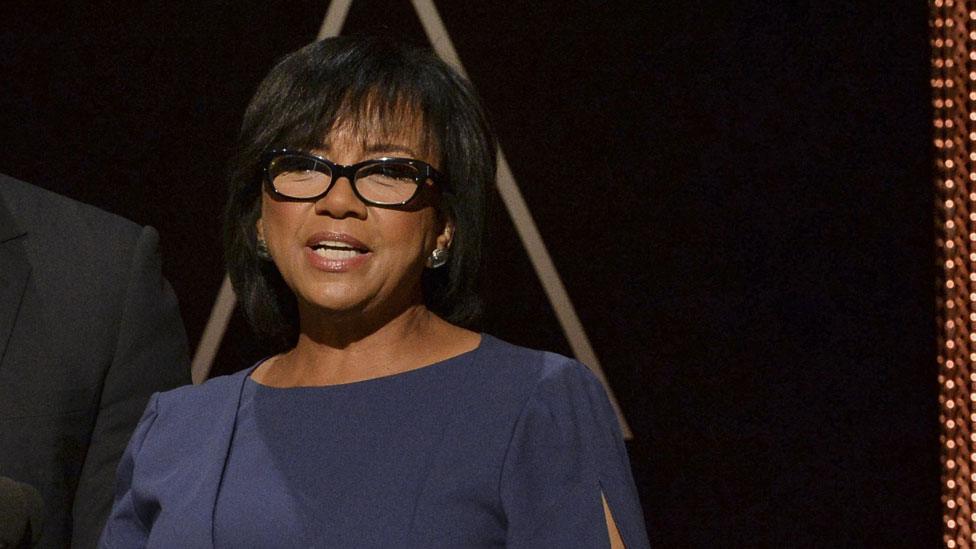
- Published19 January 2016

- Published5 August 2014
